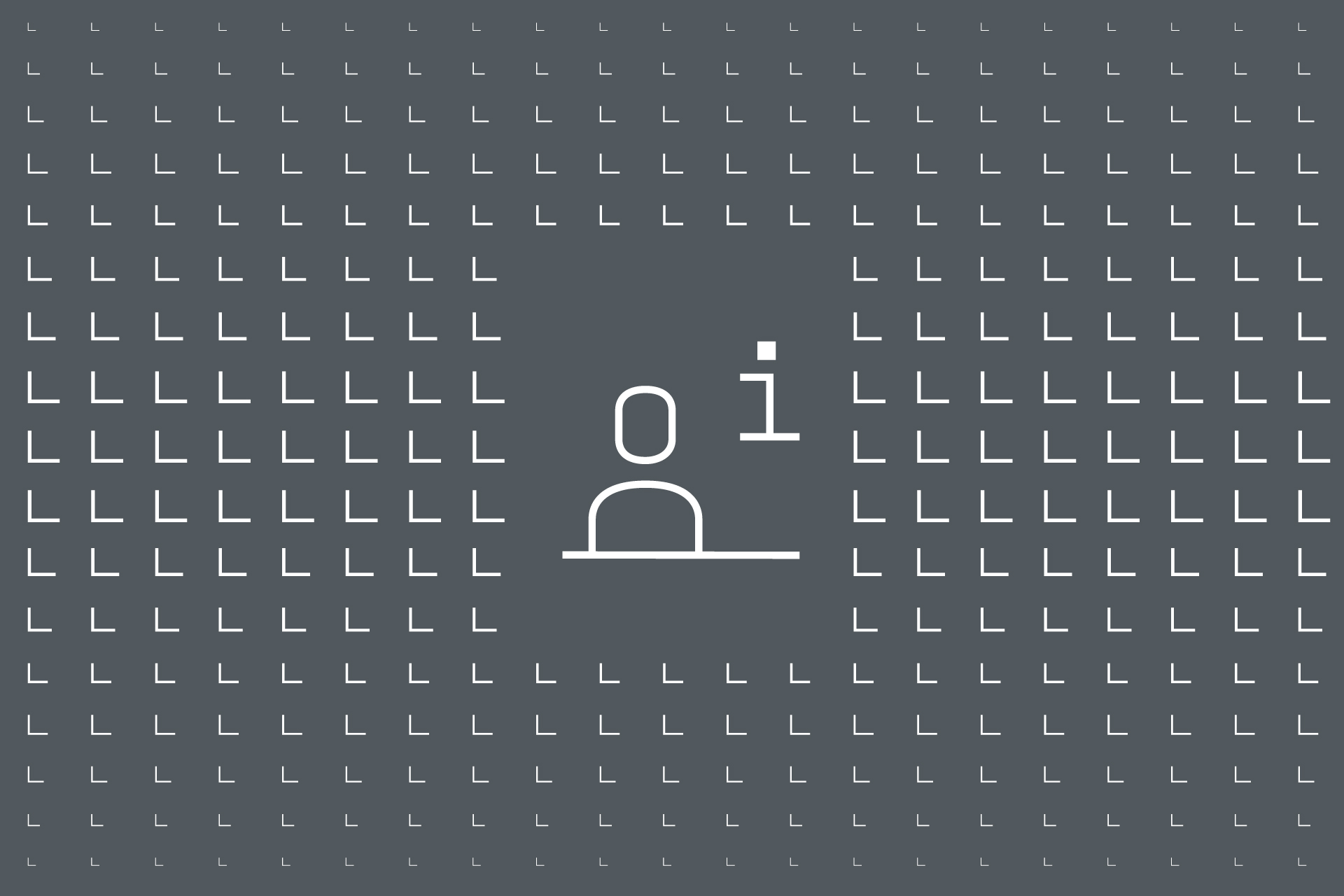Press releases | 2023/04/20
Knock, knock. Who’s there?LRH 100.1 unplugged on first jobsite
The piling rig LRH 100.1 unplugged is one of the latest models in the electrically driven unplugged series from Liebherr. Fitted with a hammer H 6 of the latest generation, it has found its first jobsite in Sweden. The company Hercules Grundläggning AB is using this model to drive nearly 300 concrete piles into the ground and is very satisfied with the first performance.
“I am retiring in two years. It is very nice to operate such a machine for the last few years.” Mats Andersson operates the piling rig LRH 100.1 unplugged on the jobsite in Karlstad, Sweden and is pleased to “avoid exhaust and noise emissions, and vibrations” with it. It is the first application and endurance test for the battery-powered piling rig from Liebherr.
A building complex with flats, offices and shops on the ground floor is being built in Karlstad. In order to transfer the load of the building into load-bearing soil layers, Hercules Grundläggning AB is driving piles into the ground with the LRH 100.1 unplugged. “We are installing 284 piles with sizes of 270 x 270 millimetres and lengths between 15 and 20 metres.”
Flexible for all piling conditions
The LRH 100.1 unplugged excels with its large working range. A radius of up to 8.7 metres has the advantage that the machine does not have to be constantly moved. The design of the leader enables inclinations of up to 18° in all directions. Furthermore, it is also possible to raise or lower the leader by 4 metres (e.g., when working in a foundation pit), which makes the machine even more flexible.
For the piling work, Hercules Grundläggning AB has equipped the LRH 100.1 unplugged with a Liebherr hammer type H 6. The hammer is modular and can be used with drop weights of between 3,000 and 6,000 kilogrammes, depending on requirements. At the jobsite in Karlstad, Mats Andersson drives the piles into the soil with a 5,000-kilogramme weight from a drop height of 40 centimetres.
“Here, we are using a free-fall hammer, i.e., it is not accelerated. We only compensate for the power loss with the cylinders. This has the advantage, especially when driving concrete piles, that these are not damaged so much as when using accelerated hammers,” explains Liebherr’s Product Manager Michael Rajek.
Depending on the length of the pile, between 800 and 1,500 strokes of the hammer are necessary for each one. In only 10 to 20 minutes, Mats Andersson can lift the pile and drive it into the soil. “The control system is designed in such a way that the operator can now adjust the pile-driving energy and the number of strokes independently of each other, and thus ideally adapt to the conditions.”
The hammer used by Hercules belongs to the latest generation in the series. “We have more or less changed the whole architecture of the existing H 6 hammer. The new steel construction is specially designed for stiffness, longevity and for reliability.” The noise reduction on the jobsite due to the battery-powered piling rig was also continued with the new hammer. “We have a soundproofed pile helmet and pile helmet guide.” Due to the redesign of the hammer, the noise emission has been reduced by about 35 per cent.
Performance, safety and zero emission
The electro-hydraulic drive of the LRH 100.1 unplugged has the same performance specifications as the conventional version. Both are operated in the same way, which is especially convenient for machine operators if they often have to switch between machines.
The Ground Pressure Visualization of the new piling rig calculates the current ground pressure in real time and compares it with the specified safety limits of the relevant jobsite. The ground pressure is displayed in the operator’s cabin. This means the operator is permanently aware of whether the machine is situated in, or is approaching, a critical area.
One exceptional feature of the electric drive concept is Zero Emission. The unplugged machines of this series do not produce any exhaust fumes and are extremely quiet. This strikes the right note especially in noise-sensitive regions and finds favour with construction site personnel like Mats Andersson.
The battery is charged using a conventional jobsite electric supply. “That was no problem at all,” Mats Andersson is pleased to say. Operation can continue as normal while charging. In order to change to battery operation, you just need to pull out the plug, therefore: unplugged. Whether attached to the electric supply or not, the performance and range of application remains unchanged.
Video
By clicking on “ACCEPT”, you consent to the data transmission to Google for this video pursuant to Art. 6 para. 1 point a GDPR. If you do not want to consent to each YouTube video individually in the future and want to be able to load them without this blocker, you can also select “Always accept YouTube videos” and thus also consent to the respectively associated data transmissions to Google for all other YouTube videos that you will access on our website in the future.
You can withdraw given consents at any time with effect for the future and thus prevent the further transmission of your data by deselecting the respective service under “Miscellaneous services (optional)” in the settings (later also accessible via the “Privacy Settings” in the footer of our website).
For further information, please refer to our Data Protection Declaration and the Google Privacy Policy.*Google Ireland Limited, Gordon House, Barrow Street, Dublin 4, Ireland; parent company: Google LLC, 1600 Amphitheatre Parkway, Mountain View, CA 94043, USA** Note: The data transfer to the USA associated with the data transmission to Google takes place on the basis of the European Commission’s adequacy decision of 10 July 2023 (EU-U.S. Data Privacy Framework).Contacts

Gregor Grießer
Liebherr-Werk Nenzing GmbH
6710 Nenzing
Austria

